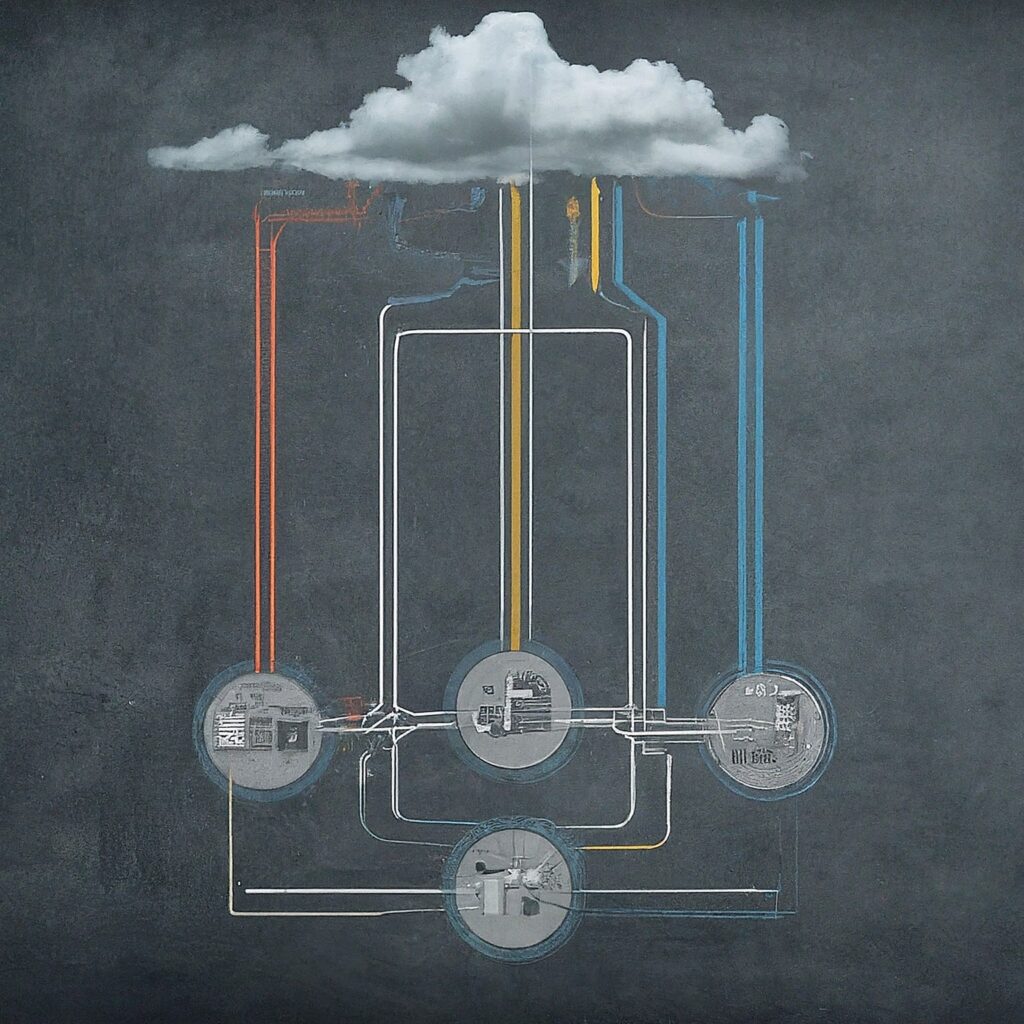Industrial Automation Protocols: A Comprehensive Overview – Industrial Automation Protocols are the communication languages that enable various devices and systems in manufacturing facilities to interact and exchange data seamlessly. These protocols ensure efficient operations, increased productivity, and improved overall plant performance.

Industrial automation protocols serve as the communication backbone of modern manufacturing facilities, enabling seamless data exchange between various devices and systems. These protocols ensure efficient operation, increased productivity, and improved overall plant performance.
This article provides a brief overview of some of the most commonly used industrial automation protocols:
1. Modbus
- Description: A widely adopted open-source protocol for serial communication.
- Applications: Primarily used for connecting devices such as programmable logic controllers (PLCs), human-machine interfaces (HMIs), and remote terminal units (RTUs).
- Advantages: Simplicity, reliability, and widespread support.
2. Ethernet/IP
- Description: A proprietary protocol based on Ethernet, developed by the ControlNet Consortium.
- Applications: Suitable for large-scale automation networks, offering high-speed data transfer and robust communication.
- Advantages: Scalability, flexibility, and integration with other Ethernet-based technologies.
3. Profibus
- Description: A fieldbus protocol developed in Germany, primarily used in European industrial applications.
- Applications: Supports various communication profiles for different automation tasks, including process automation, discrete manufacturing, and building automation.
- Advantages: Real-time capabilities, fault tolerance, and extensive device compatibility.
4. DeviceNet
- Description: A fieldbus protocol developed by Allen-Bradley (now Rockwell Automation) for connecting devices in industrial control networks.
- Applications: Primarily used for connecting low-level devices such as sensors, actuators, and I/O modules.
- Advantages: Simplicity, reliability, and integration with Allen-Bradley automation systems.
5. CANopen
- Description: A higher-layer protocol built on the Controller Area Network (CAN) physical layer, designed for real-time communication in embedded systems.
- Applications: Widely used in automotive, robotics, and building automation industries.
- Advantages: Real-time performance, fault tolerance, and flexibility.
6. HART (Highway Addressable Remote Transducer)
- Description: A hybrid protocol that combines analog signals with digital communication.
- Applications: Primarily used for field instrumentation, such as pressure transmitters, flow meters, and temperature sensors.
- Advantages: Backward compatibility with existing analog instrumentation, enhanced data capabilities, and remote configuration.
7. OPC UA (Open Platform Communications Unified Architecture)
- Description: A platform-independent, secure, and scalable communication protocol for industrial automation.
- Applications: Supports a wide range of automation technologies, including PLCs, HMIs, SCADA systems, and IoT devices.
- Advantages: Interoperability, security, and future-proof design.
8. MQTT (Message Queuing Telemetry Transport)
- Description: A lightweight, publish-subscribe protocol designed for IoT applications.
- Applications: Suitable for remote monitoring, data collection, and control of industrial assets.
- Advantages: Low overhead, scalability, and suitability for resource-constrained devices.
Industrial Automation Protocols: A Comprehensive Overview – The choice of industrial automation protocol depends on various factors, including the specific application requirements, network size, desired performance, and integration with existing systems. By understanding the characteristics and capabilities of these protocols, engineers can select the most appropriate solution to meet their automation needs.
Home | Join us on Facebook, Twitter, YouTube, Instagram, Quora, Reddit, LinkedIn, Pintereset, Blogger.